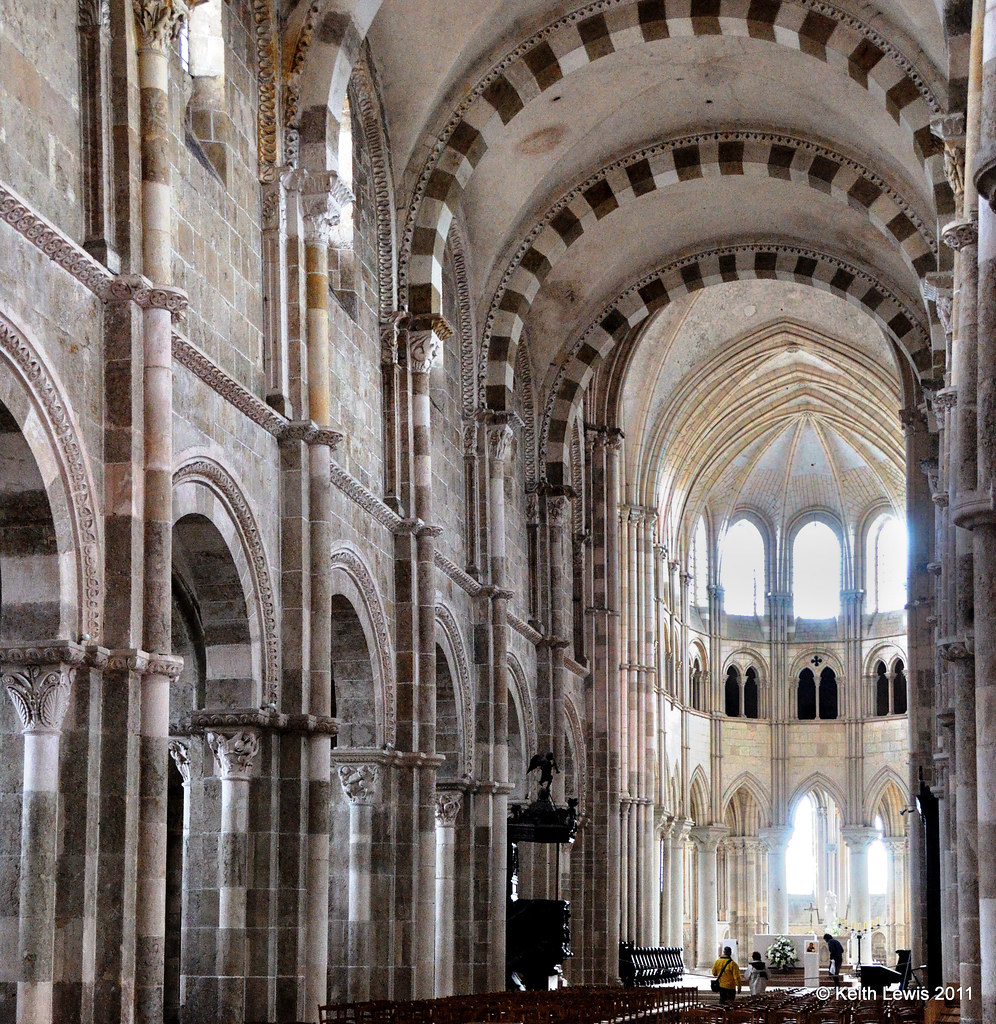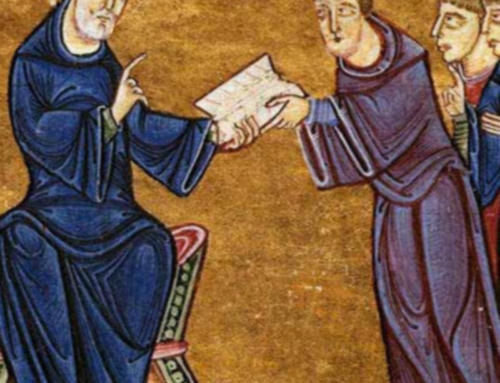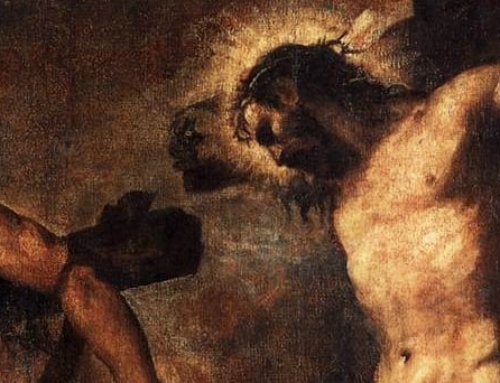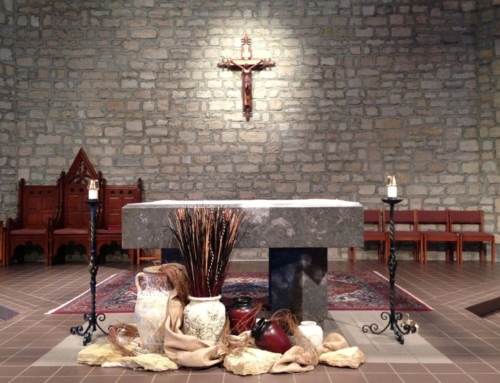Today’s saint has become controversial because her identity is disputed. Luke 8:2-3 relates that she was one of a group of women who traveled with Jesus and supported his ministry. It also says Jesus cast seven demons out of her. She was present at the crucifixion and burial of the Lord and was the first witness to the Resurrection.
However, the gnostic gospels which were written around the 2-4th centuries elaborated the character of Mary Magdalene. These texts portray her as one of Jesus’s closest and most beloved disciples and the only one who truly understood his teachings. In the the gnostic gospels Mary Magdalene’s closeness to Jesus puts her in competition with St Peter due to her sex and Peter’s jealousy of special teachings given to her. It is from these gnostic sources that the ludicrous novels by Dan Brown get the idea that Mary Magdalene was Jesus’ wife and after his untimely “death” they went secretly to France to bring up their kids who eventually became the Merovingian royal family.
As an aside, I’ve always found it highly ironic how worldlings will dispute the historicity of the gospels, but then take Dan Brown’s book seriously.
Anyway, it was a series of sermons by Pope St Gregory the Great that scholars believe first conflated Mary Magdalene with the sinful woman who anointed the Lord’s feet with costly ointment. He also merged Mary Magdalene with Mary of Bethany–Martha’s sister. Thus was established the tradition that Mary Magdalene was a prostitute, and through the Middle Ages she was portrayed as such, and the tradition grew up that she went to France and spent the rest of her life in penance as a holy hermit and that her relics were preserved at the great basilica in Vezelay. (pictured in this post is the great Abbey church at Vezelay)
Mary Magdalene’s role as first witness to the resurrection (and therefore the “apostle to the apostles”) has been picked up and exploited by the proponents of women’s ordination to the priesthood. They quite fairly dispute her status as a former prostitute and promote a more salubrious history as a respectable woman of the town of Magdala on the Western shore of the Sea of Galilee.
It is certainly worthy to recognize the saint’s beautiful love for the Lord, her courage and her strong faith. It is also worth noting that along with her being first witness to the resurrection the very first thing she did was run to tell Peter and the other apostles. In other words, her personal experience was immediately subjected to the authority of the apostolic church–as such she is a fine example of the attitude we should all have to Christ’s One, Holy, Catholic and Apostolic Church.
St Mary Magdalene ora pro nobis.







Leave A Comment
You must be logged in to post a comment.